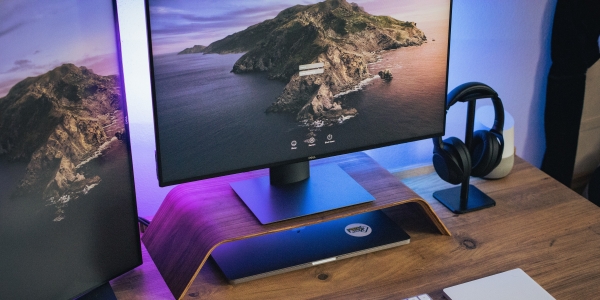What is web accessibility?
Web accessibility ensures that online information is accessible to everyone and provides equal access to all users, including those with disabilities. This includes visual, auditory, physical, speech, cognitive and neurological disabilities. Making our web content accessible to people with disabilities also benefits others, including those with changing abilities because of aging or those in temporary situations that impede their ease of accessing web content. Providing accessible website design removes barriers to information essential to our faculty, staff, students, and the community.
What is digital accessibility?
Digital accessibility is the process of making electronic resources accessible to everyone, including people with disabilities. Digital accessibility encompasses web content but also includes non-web products such as hardware, software, assistive technology, and mobile apps. The Worldwide Web Consortium (W3C), an international working group, put together guidelines with the goal of making digital content accessible to everyone, regardless of ability or disability. Washington University strongly encourages that our digital content, including video, audio, documents, and multimedia meets the WCAG 2.0 AA standard when it will be used by students, employees, or the community.


